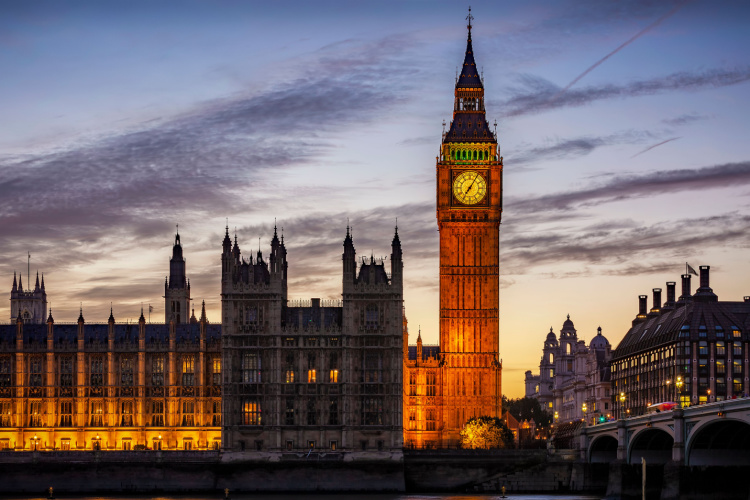Article posted: 25 April 2012
The latest data from the Office for National Statistics reveal an annual rise in consumer prices of around 3.4%. Inflation is some way below the 5.2% peak in September last year – if it continues to decline at this pace we will soon see inflation back at the official target rate of 2%. That, incidentally, will be a terrific vindication for the actions of the Monetary Policy Committee (MPC) over a period that has seen annual inflation in excess of 3% for much of the time since January 2010.
But there are real risks to the outlook for inflation. Much higher or much lower oil prices are an obvious candidate; after all it is elevated energy prices which are at least partly responsible for the current high rates of inflation.
Less obvious is the risk of inaccuracy in another key assumption. Spare capacity is the difference between ‘potential’ output and actual output. If ‘potential’ output falls below actual output we can expect prices to fall, hypothetically at least. The problem here is that measuring the level of ‘potential’ output right across the domestic economy is an impossible task – estimates from differing forecast groups can vary wildly.
Currently the Bank of England thinks that ‘potential’ output is some way below actual output. That is the reason the Bank extended its programme of quantitative easing in February. Without this latest support for underlying demand, the Bank estimates that there is at least a 60% chance that inflation will fall below target in the next two years. Assuming the Bank is right, that chance is now back to the 50% level, just where it should be.





